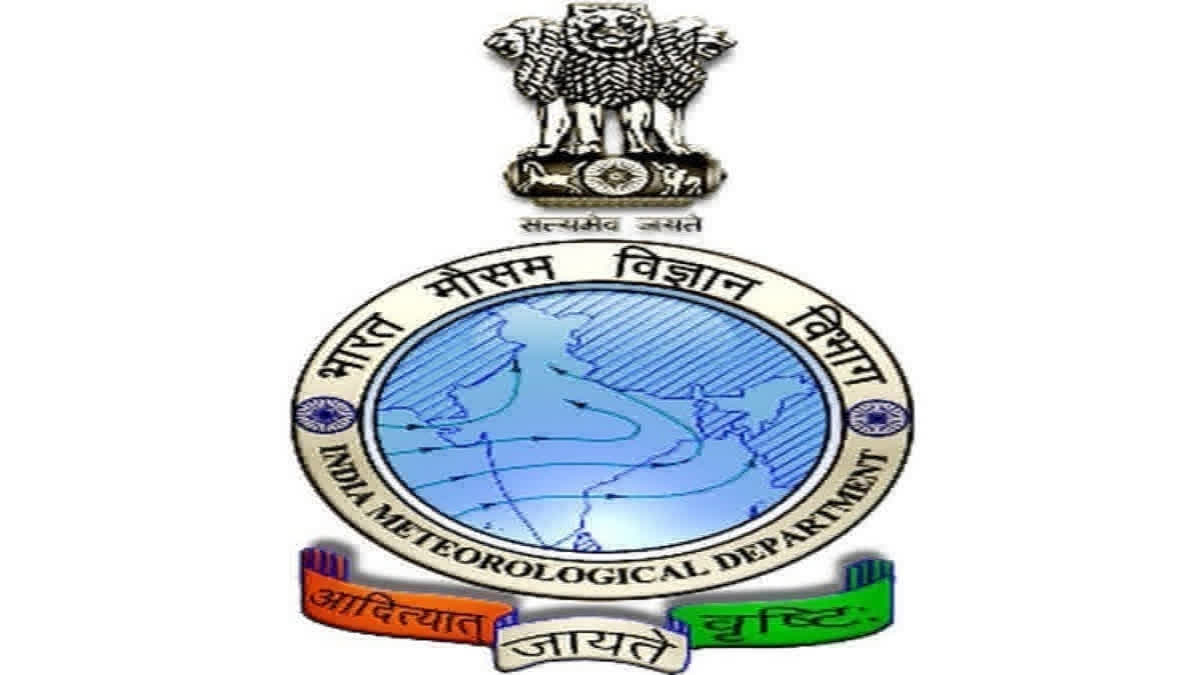New Delhi: The southwest monsoon is likely to begin its retreat from northwest India around September 25, the India Meteorological Department (IMD) said on Friday. Typically, the southwest monsoon makes its onset over Kerala by June 1 and covers the entire country by July 8. It starts retreating from northwest India around September 17, withdrawing entirely by October 15.
"Reduced rainfall activity is expected to continue over northwest and adjoining west-central India for the next five days. Conditions are becoming favourable for the southwest monsoon to withdraw from parts of west Rajasthan around September 25," the IMD said.
The withdrawal of the monsoon from northwest India marks the beginning of its retreat from the Indian subcontinent. Any delay in the monsoon's retreat means a longer rainy season, which can significantly impact agricultural production, particularly for northwest India where monsoon rainfall plays a crucial role in the Rabi crop production.
India has received 780.3 mm of rain during this monsoon season so far, compared to a normal of 832.4 mm. Rainfall between 94 per cent and 106 per cent of the long-period average (LPA) is considered normal. Normally, the country receives an average of 870 mm of precipitation during the four-month monsoon season (June to September).
In a pre-monsoon briefing, the IMD had predicted a normal monsoon for India, albeit on the lower side of normal. It had, however, cautioned that El Nino -- warming of waters in the Pacific Ocean near South America -- might influence the latter half of the southwest monsoon. El Nino conditions are associated with weaker monsoon winds and drier conditions in India.
India experienced a rainfall deficit in June but saw excessive precipitation in July due to consecutive western disturbances over northwest India and a favourable phase of the Madden-Julian Oscillation (MJO), known for increasing convection in the Bay of Bengal and the Arabian Sea.
MJO is a large-scale atmospheric disturbance originating in tropical Africa and travelling eastward, typically lasting 30 to 60 days. August 2023 marked the driest month since 1901 and the hottest ever recorded in India, attributed to the strengthening of El Nino conditions. However, September brought an excess of rain due to multiple low-pressure systems and the positive phase of MJO. (PTI)



